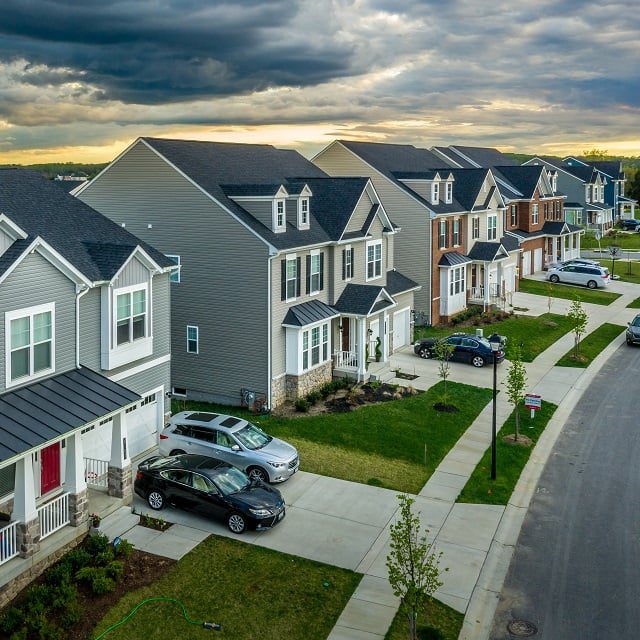15 Big Cities Where Homebuyers Get the Least for Their Money

Start Slideshow
Americans today are not spending more for homes because they are buying bigger ones; they are digging deeper into their pockets for the same or, often, even smaller houses, according to a new report from Home Bay, an online publication owned by Clever Real Estate.
Researchers analyzed evolving price-per-square-foot metrics, and discerned how affordability has shifted over time, drawing parallels with the 2007–2008 financial crisis and highlighting the drastic difference between the present and the 1980s.
Data came from the U.S. Census Bureau, the U.S. Bureau of Labor Statistics and Realtor.com. The analysts based prices and square footage on the most recent, comprehensive national data, which is from 2022. For the 50 most populous metros, they used data through June 2023.
The inflation-adjusted median sale price per square foot for new single-family homes in the U.S. has risen 32% since 1980, from $146 to $192, according to the report. Meanwhile, the median square footage increased 52%, from 1,650 square feet to 2,383 square feet.
The difference between the price per square foot in the most and least expensive metro areas is an eye-watering $712, according to the report. Moreover, 95% of metros where increases in the price per square foot exceeded 50% from 2018 to 2023 experienced decreases in the median square footage.
See the gallery for the 15 most expensive metro areas for price per square foot, according to Home Bay.
Start Slideshow





